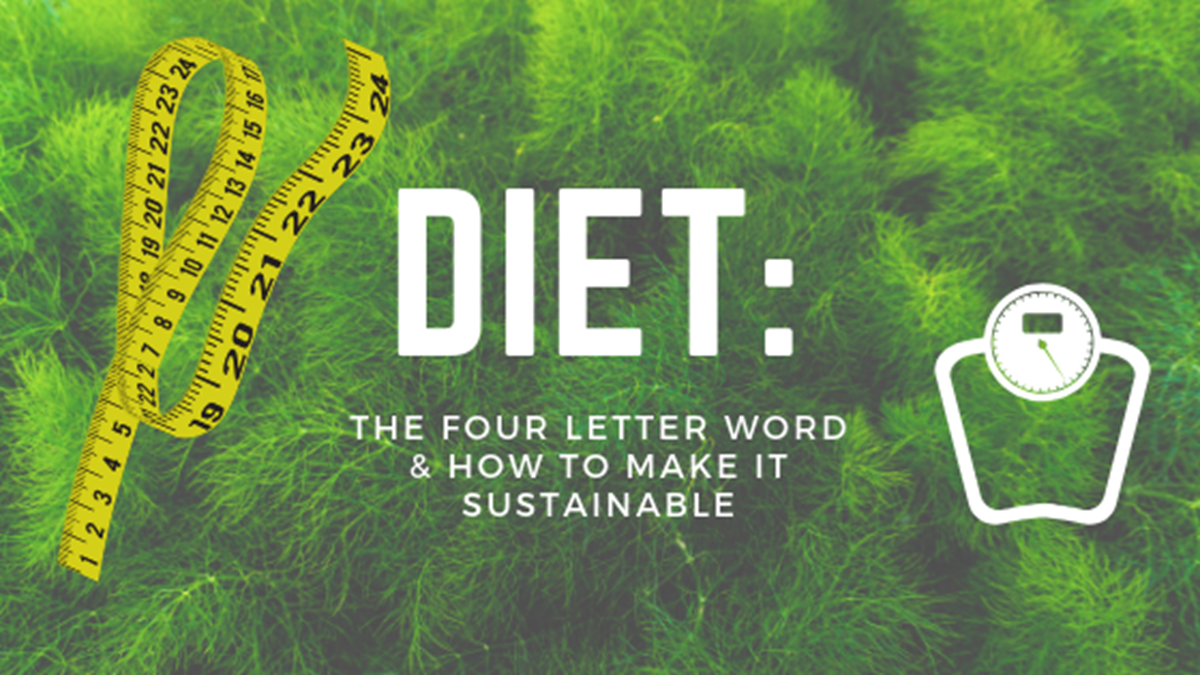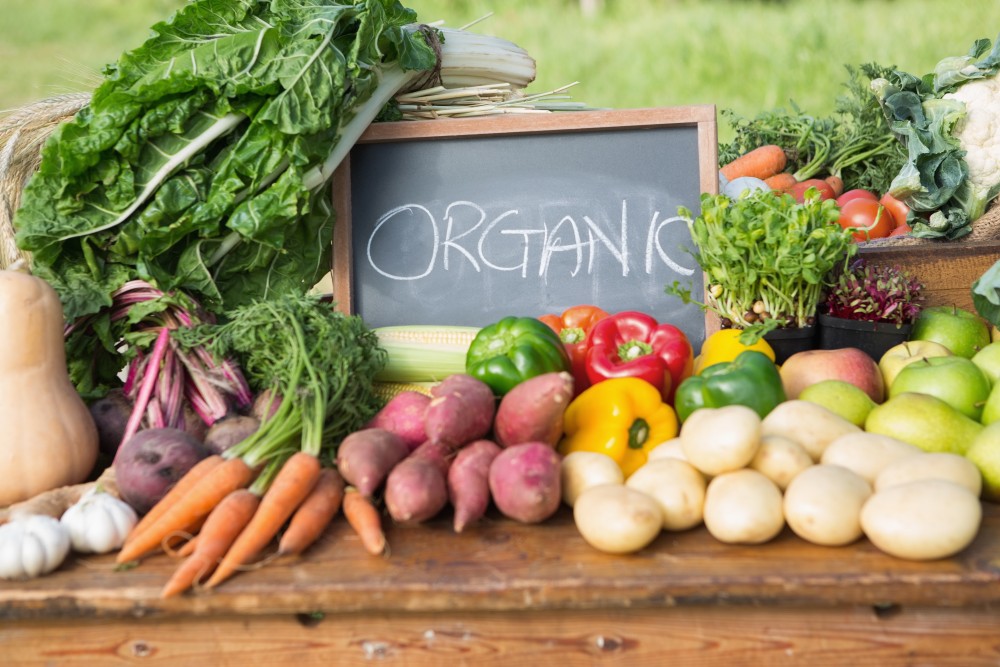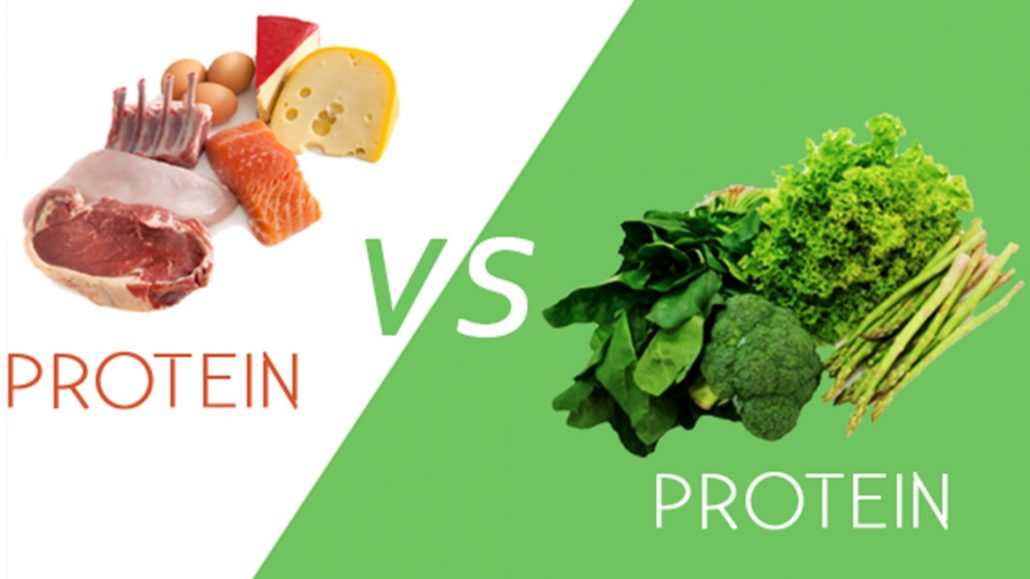Healthy Eating can Save the World!
Have you ever thought that every dish you put on your plate is a choice? And, just maybe, your choice can change the world? Well, this article can help you save the world. We know that our food choices are affecting our health, but not just that, they have a huge effect on our planet, too.
Our diets place huge pressure on our planet. Every step of the food provision chain, from farm to fork (including agriculture, storage, processing, transportation, distribution, etc), uses our natural resources, such as land, freshwater, and even fossil fuels that cause greenhouse gas emissions. For example, agriculture that provides us food uses 70% of freshwater.
Moreover, our food system is responsible for up to 30% of total greenhouse gas emissions, which is more than all emissions from transport, heating, lighting, and air conditioning combined. Even worse, these greenhouse gas emissions are contributors to climate change, and climate change poses risks to our future of food.
Meat is the most significant emission-intensive food we consume.
A FAO (Food and Agriculture Organization) report tells us that "the livestock sector is one of the top two or three most significant contributors to the most serious environmental problems at every scale from local to global.’’ If you are going to quote the report, a more specific citation is needed… Which FAO report? What is FAO? When was it released?

Researchers found that the livestock sector on its own accounted for about half of that 30% of greenhouse gas emissions total, or 14.5%. That’s a huge number. You may wonder why. The answer is that livestock animals are pretty gassy creatures (frankly, cow farts and sheep burps contribute to climate change), but they also require large amounts of land, water, and feed. Over 61 gallons of water are used for 5 ¼ oz of steak. Also, today 1/3 of Earth’s land is used to produce meat.
Well, now you know that the food on your plate contributes to climate change, but you can do something about it.
Food is the solution.
We can each help save the planet just by eating more plants and less meat.
For example, research says (what research? Citation needed here, or it is just a claim) you can reduce your carbon footprint (The Carbon Footprint is the calculation of the impact – expressed in terms of carbon dioxide equivalent emissions (kg CO2 eq) – associated with the production of a commodity or a service throughout its entire life cycle) by half just by limiting your meat consumption to twice a week.

In short, for a healthier you, and for a better planet, you need to eat sustainably! Our diets should immediately become sustainable!
If you are curious about what sustainable diets look like, FAO describes it as follows:
‘’Sustainable Diets are those diets with low environmental impacts which contribute to food and nutrition security, and to a healthy life for present and future generations. Sustainable diets are protective and respectful of biodiversity and ecosystems, culturally acceptable, accessible, economically fair and affordable, nutritionally adequate, and safe and healthy while optimizing natural and human resources.’’
As you can see, it’s a very inclusive concept. You can find some tips that are easy to follow so you can start now. Let’s start!

1- Eat more plant-based
Eating more fruits, vegetables, whole grains, and legumes are good for your health and also lower your carbon footprint. Plant-based diets contain more fiber, vitamins, and minerals. Also, plant-based foods are really emission-efficient. For example, it takes about 50 onions to produce a kilogram of greenhouse gas, but only 44 grams of beef to produce the same amount. It’s a win-win approach.
2- When you eat, think about the variety
Every food group is unique and has a different effect on your health and the health of the planet. The interaction brings out the best in these food groups. For example, legumes and whole grains are more beneficial together, because when they are combined, their protein quality becomes higher. Also, legumes and vegetables are a good combination, you can absorb iron more efficiently in this way. The easiest way to be sure about your food variety is by looking at the colors on your plate. Colorful plates are the best!
3- Make sure you eat 5 portions of fruits and vegetables every day
Fruits and vegetables are the most delicious and healthiest gifts of nature to us. They contain lots of vitamins, minerals, fiber, and antioxidants, which are essential to our body. Fruits and vegetables are protective against chronic diseases, such as diabetes, heart disease, cancer, etc. You can eat fruits as snacks or as your side dish. Also, don’t forget to make half your plate fruits and vegetables. Lastly, you know every fruit and vegetable grows in a different season, so try to buy fruits and vegetables while they are in season. You can also freeze your veggies so you can eat them out of season, too.
4- Choose seasonal, local, and sustainable local products
Foods on our plate travel over many miles to reach us. Make sure your meals are locally produced so you can lower your carbon footprint. In addition, when you prefer local products in local shops, you support the local farmers. When you buy your products in season, you buy the tastiest and the freshest food at lower prices.

5- Respect your food and don’t waste
Did you know that globally 1/3 of all food produced goes to waste? That equals 1.3 million tonnes of food. Food waste alone accounts for around 6.7% of global greenhouse emissions.
You can do something about it. A great recommendation is creating a weekly meal plan, so you can shop according to your plan. Also, love your leftovers. For example, you can consider your leftover dinner at your lunch meal.
6- Cook from scratch, choose fresh ingredients
Fresh and unprocessed foods do not contain extra ingredients or preservatives for longer shelf life. Also, processed foods are being served to us in plastic packages. So, if you cook from scratch, that means you cook healthy and lower your plastic waste.
7- Avoid ultra-processed foods
Packaged, ultra-processed foods like chips, chocolate, and cookies are especially high in sugar, sodium, and trans fat. They are a big cause of obesity and chronic diseases. Moreover, these packages are plastic, and that means plastic waste. Avoid these foods and cook your own meals as much as possible.
8- Increase your intake of whole wheat grains
Worldwide, there's just not enough consumption of whole wheat grains. Whole wheat grains are great sources of fiber, vitamins, and minerals. Additionally, the carbon footprint of grains is lower compared to other food groups.
9- Avoid sugary drinks like sodas and fruit juices
To reduce your sugar intake, you should consider your entire day's routines, like how you take your coffee and tea. Do you add extra sauces or cream in your meal? Which snacks do you prefer? Do you read the sugar content on labels during grocery shopping? I know it’s hard to avoid all sugars at all times, but do your best!
10- Increase your intake of legumes and beans
Legumes and beans are "superfoods" because of their nutritional profile and low carbon footprint. Beans and legumes are the most important sources of plant protein and amino acid. Vegetarians and vegans especially can get the adequate protein, vitamins, and minerals they need. Legumes are mostly known for their protein content, but they also contain high fiber, phytochemicals, calcium, iron, folate, and have a low glycemic index and low saturated fat. Also, they are gluten-free, so gluten intolerant people can consume them easily. In addition, legumes are so versatile that you can use them in every meal.
11- Reduce your red meat consumption and avoid processed meat
Did you know that if the world reduced meat consumption by 15% (by doing Meatless Monday, for example), it would have the same impact on greenhouse gas emissions as taking 240 million cars off the road each year? As I mentioned above, meat is the most greenhouse-intensive food we eat. We should limit our meat intake, it’s clear. You don’t need to be a vegetarian, but you can choose to be a weekday vegetarian, or you can plan some days as meatless days. You can try vegetarian options, like a bean burger.
12- Buy sustainable and eco-friendly products
Don’t forget consumer choices are meaningful and have an effect on our ecosystem.
So, next time look for sustainable, eco-friendly, fair trade products.













